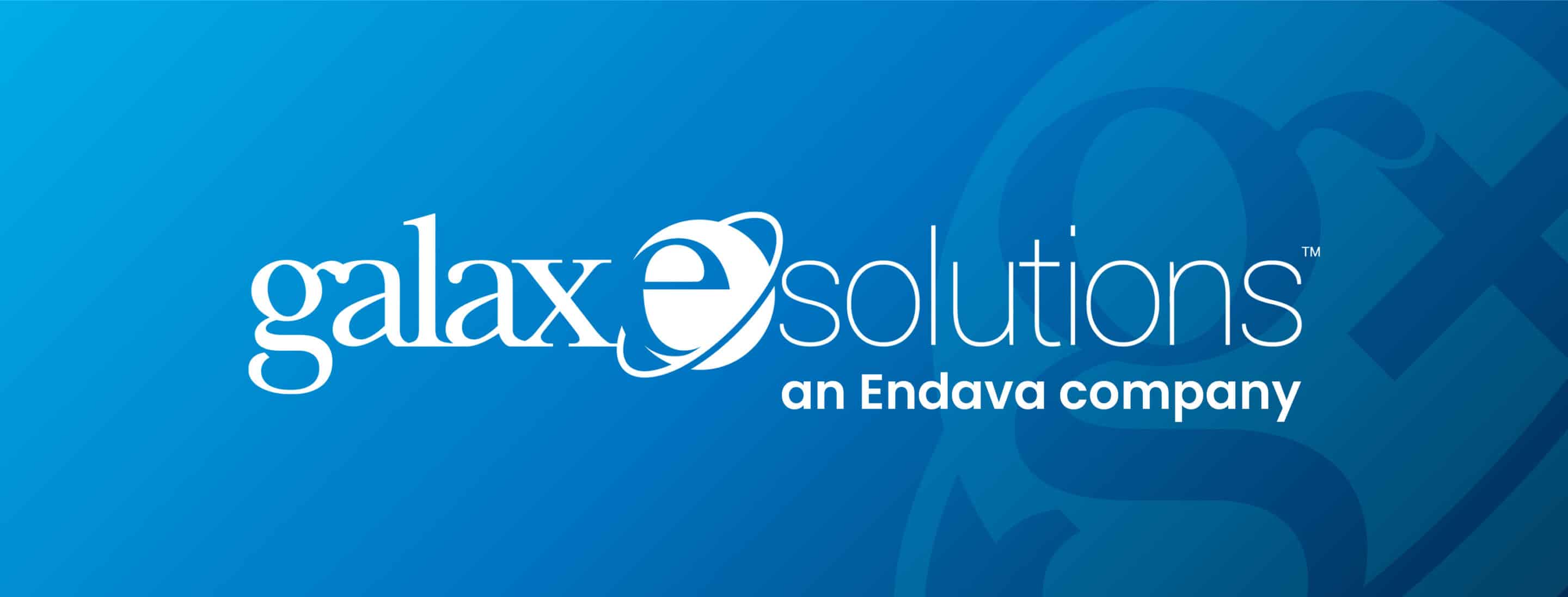Mergers and acquisitions are a large part of the healthcare industry today. Huge initial expenses are often necessary to meet “Business Case” requirements. Often, budget overruns occur when systems and data migration are done manually and detailed planning is an afterthought to the merger.
Instead, systems and data should be tailored prior to the merger as a part of the business case. Management of data from and to the systems being merged is one of the biggest challenges. A specific pre-plan ensures the migration and required automation are well established and realistic. As technology continues to move forward, and as future generations demand transparency and patient-centered care, the need for accurate, timely capture and maintenance of data has never been greater for healthcare players.
Another important consideration when migrating data are the new means and techniques being devised to harness, examine, and utilize information locked in the volumes of data being generated. The key to managing “Big Data” is to analyze the healthcare business holistically in order to identify overlaps between processes supported by each player: providers, payers, pharmas, PBMs, patients and government bodies. This is a key step to making a substantive impact on improving patient care. It is vital that data associated with each of these processes be effectively managed to have any chance of ensuring quality and positively impacting the well-being of humans.
Migrating data during a merger is a precarious situation at best, especially when transactions span across a wide spectrum of systems, departments, and organizations. Benefits and claims should be viewed and dealt with holistically through automation or it can leave a trail incorrect data. Systems processing the information must be integrated in ways where outcomes are modeled and certified to ensure patients are served well.
Sandipan Gangopadhyay, President + COO
Dheeraj Misra, CTO







